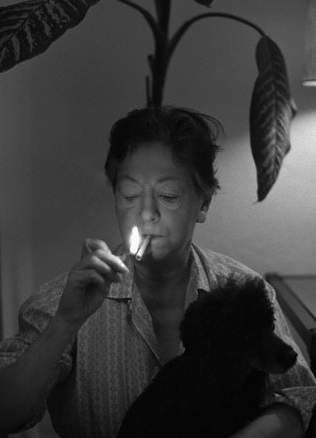Re-reading Michael Schmidt’s The First Poets: Lives of the Ancient Greek Poets. It’s a fascinating book — although in places it can read like 25 pounds of learning in a five-pound sack. A hazard of classical scholarship, I’d guess. A hazard of my own degree in, er, pop scholarship? I cannot read the following sentences without flashing on the linked-to image:
Orpheus married Eurydice on his return from the heroic journey with Jason and the Argonauts, having had sufficient adventure by then to want a quiet life. He and his bride settled in Thrace among the wild Cicones.
Please tell me I’m not the only one!

 A great post on TCM’s blog examines
A great post on TCM’s blog examines